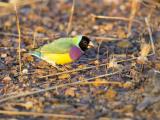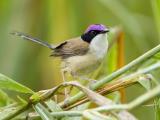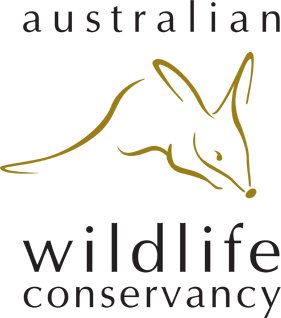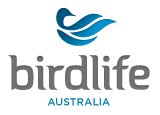Australian Wildlife Conservancy
Experience the Wild is proud to support Australian Wildlife Conservancy (AWC) through regular donations.
Australian Wildlife Conservancy is the largest private owner of land for conservation in Australia, protecting endangered wildlife in the Kimberley, Cape York, Lake Eyre, Central Australia and the Top End. Due to their efforts and financial support of people like us more than 3.15 million hectares are protected, enabling AWC to develop and implement a new model for conservation.
There are other very worthy conservation organizations, so why have we chosen AWC as the main recipient of our support? Below are some good reasons.
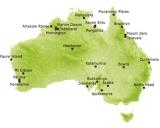
Area Managed for Conservation
AWC owns and manages 23 properties around Australia covering 3.15 million hectares. This makes AWC the largest private, non-profit owner of land for conservation in Australia and one of the largest in the world.
Number of Species Protected
AWC protects a very high proportion of Australia's terrestrial biodiversity including 71% of all mammal species, 86% of all bird species and around 50% of reptile and frog species. They protect more species - and more threatened species - than any other non-government organisation.
Measurable Increases in Populations
AWC protects some of the largest remaining populations of many of Australia’s endangered species including Bilbies, Numbats, Woylies, Bridled Nailtail Wallabies, Gouldian Finches and Purple-crowned Fairy-wrens.
Investment in Science
AWC has over 20 field ecologists (around 25% of staff), of which 12 have PhDs. In the last five years, the AWC science program has generated over 150 peer-reviewed publications.
Staff Based in the Field
Almost 80% of AWC's staff are based in the field, delivering practical, on-ground land management to control feral animals, manage fire and eradicate weeds. The proportion of their staff based in the field is much higher than in other comparable organisations.
Leadership on Feral Animal Control and Fire Management
The scale at which they undertake practical land management and feral animal control is unique within Australia:
- AWC implements the largest non-government fire management program in Australia (EcoFire)
- AWC has established the two largest herbivore-free areas on mainland Australia (Wongalara and Mornington)
- AWC manages more feral cat and fox-free land on mainland Australia than any other organisation, including the largest feral-free area on the mainland (Scotia).
Efficiency of Expenditure
Over the last decade, only 12% of total expenditure has been allocated to fundraising and administration combined. Instead of putting a lot of money into aggressive marketing campaigns, AWC quietly gets on with the real job of conservation. In my opinion they deserve all the support we can muster.
Source: 'AWC: a new model for conservation' published by AWC.
